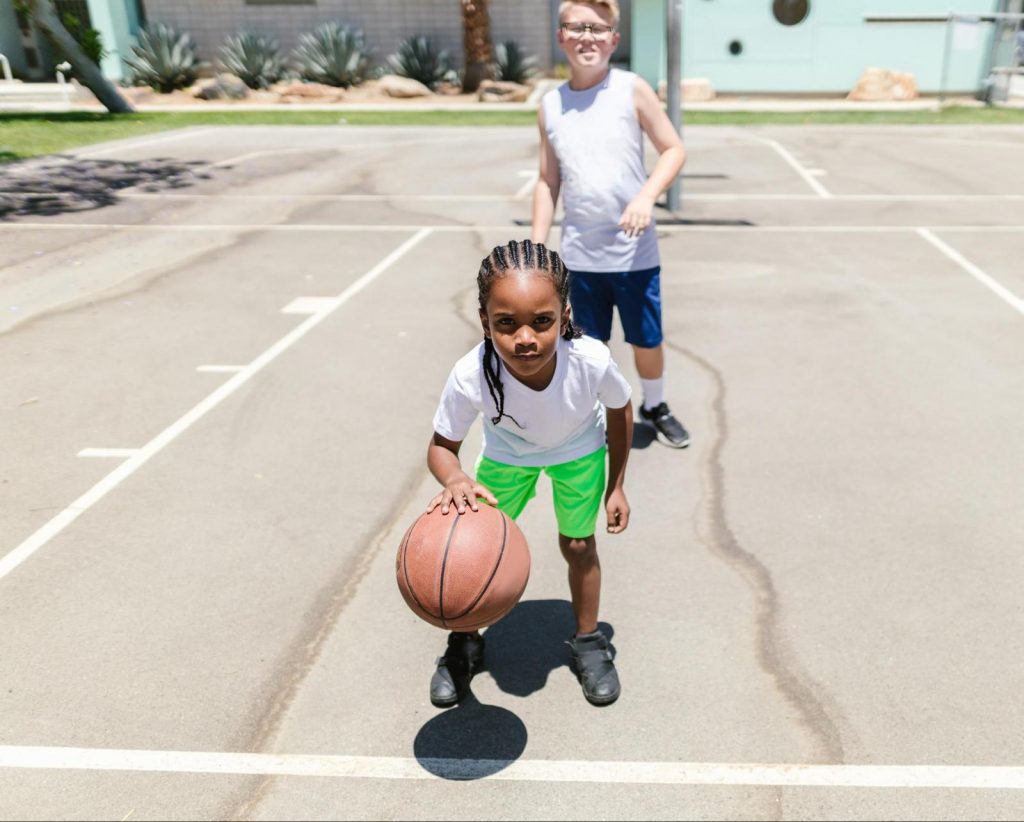Knee Pain in Children: Managing Osgood-Schlatter Disease
Osgood-Schlatter disease is a very common cause of knee pain in children and young athletes usually between the ages of 11 and 14. It occurs due to a period of rapid growth, combined with a high level of sporting activity.
These changes result in a pulling force from the patella (kneecap) tendon, on to the tibial tuberosity (bony protrusion at the top of the shin). This area then becomes inflamed, painful and swollen.
Osgood-Schlatter disease is more likely in teens who participate in sports that involve running, twisting and jumping, such as basketball, football and gymnastics.
Why is it called Osgood-Schlatter disease?
It was named after two physicians in 1903, Dr. Robert Osgood and Dr. Carl Schlatter. These Doctors defined the disease.
What symptoms can children have?
• Pain at the tibial tuberosity, the bony lump below the kneecap.
• The tibial tuberosity may become swollen or inflamed and may even become more prominent than the other side.
• Tenderness and pain are worse during and after exercise.
• Pain when contracting the quadriceps against resistance or when contracting the muscles with the leg straight.
What are the treatment options?
Osgood-Schlatter syndrome often resolves by itself within 12 months or so. However, the knee joint may remain uncomfortable for around two to three years until the growth spurt finishes.
Treatment options may include:
• Frequent use of icepacks to reduce the swelling.
• Sufficient rest to ease the symptoms. Relative rest is essential, only do as much exercise as it will allow without causing pain. Athletes do not have to stop competing, often a modified training regime is sufficient. Persistent painful activities will only worsen symptoms and prolong recovery.
• Strengthening exercises for the quadriceps, hamstring and calf muscles under the supervision of your physiotherapist.
• Stretching exercises for the quad muscles are often cited as a management strategy, however, they are ill advised as they could exacerbate symptoms.
• Very, very rarely, surgery (but only in extreme cases and only when symptoms are pushed through).
Professional help
If the pain in your knee or child’s knee that you are managing yourself has not improved after a few days, it is best to seek medical advice and consult with a physiotherapist or health care provider to get an accurate diagnosis. It is important to ensure that Osgood-Schlatter Disease is the actual diagnosis. Other sources of anterior (frontal) knee pain require different treatment.
A physiotherapist can advise on an appropriate exercise program and suggest the most appropriate treatment plan.
If you would like further information on the management of Osgood-Schlatter disease contact one of the physiotherapists at Jubilee Sports Physiotherapy.























